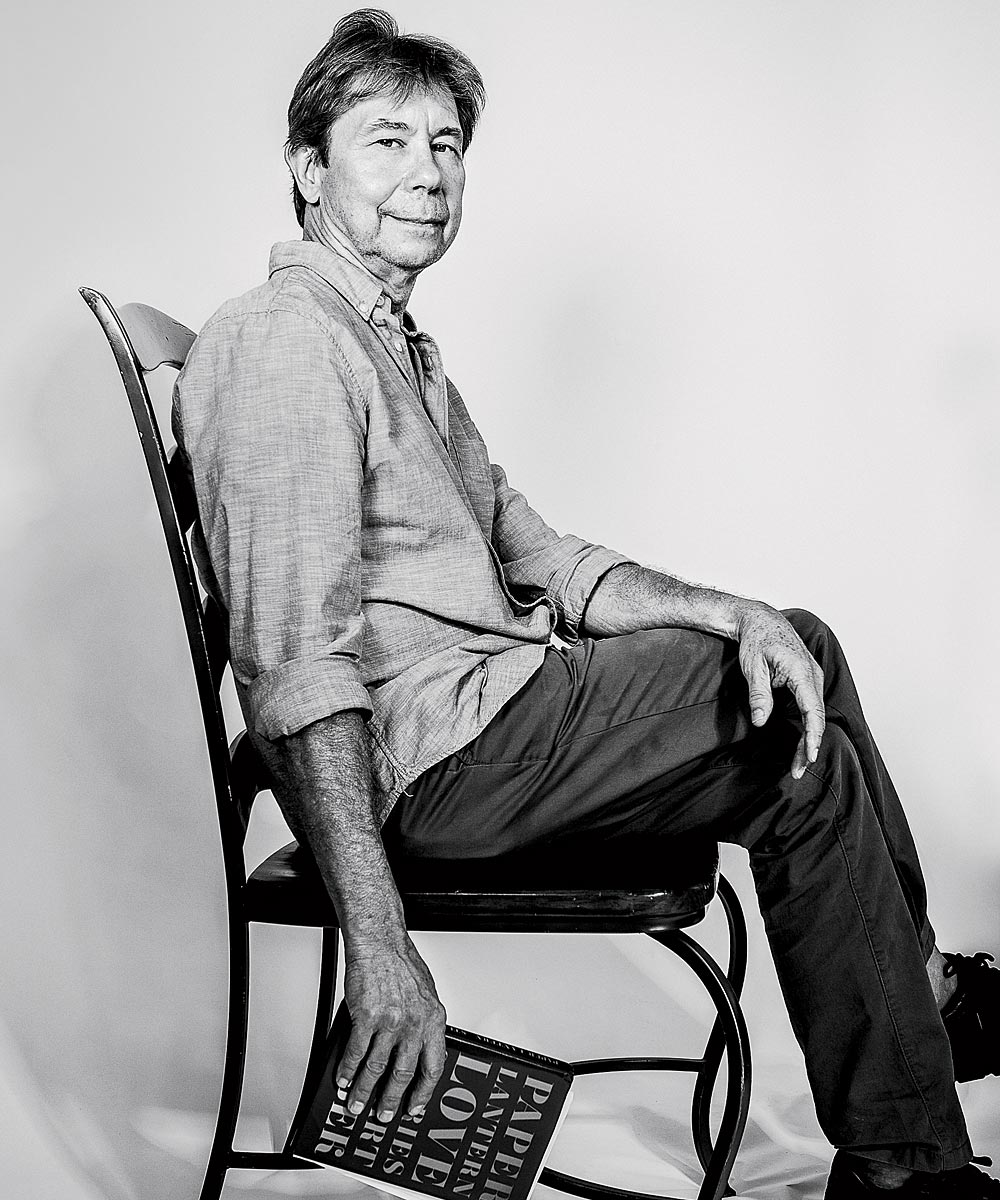For more than four decades, Stuart Dybek, a second-generation Polish American, has written stories and poems based on the Chicago he remembers from his youth: Polish Pilsen, gritty Bronzeville. His fiction (including 1990’s critically acclaimed The Coast of Chicago) is grounded in visceral details of the city, be it Lake Michigan’s lifeguard towers or the rumbling of el cars. And thanks in no small part to two story collections released this year—Paper Lantern and Ecstatic Cahoots—his influence extends far beyond Chicago. Those books, declared The New York Times, “establish him as not only [America’s] most relevant writer, but maybe our best.”
What makes Dybek’s stories special is not just their telling details and inventive construction (one is only two sentences long) but also their supernatural, dream-like flourishes. An example from Ecstatic Cahoots: bride-and-groom cake toppers that speak. Dybek, 72, calls such elements “fabulism.” “It’s a combination of objectivity and subjectivity,” he explains. “Think of a painter who wants the city to pose for a portrait, but intends that painting to also express his subject feelings for the place he has a deep personal connection to.”
After graduating from Loyola University in 1964, Dybek started out as a social worker in Bronzeville—an experience that influences the Paper Lantern story “Waiting”—and then earned an MFA at the prestigious Iowa Writers’ Workshop before becoming an English professor. (He currently teaches at Northwestern University.) Over the years, he has written for such magazines as The New Yorker and The Atlantic and nabbed some major prizes, including a MacArthur “genius” grant in 2007. He’s also earned frequent comparisons to Chicago’s greats: Algren, Bellow, Brooks, Terkel. “I count myself as lucky to have had such brilliant models,” says Dybek. “They transformed our local slice of geography into something universal.”
Related: Chicagoans of the Year, 1994–2014




